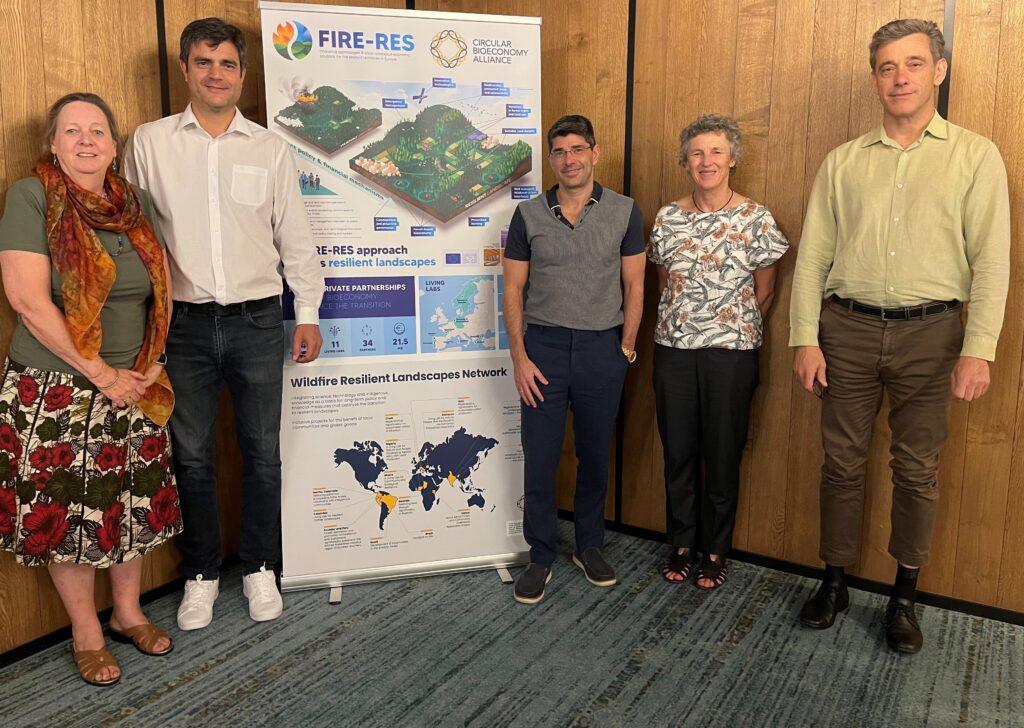New network launched at a reception attended by His Majesty King Charles III, ahead of COP28 in Dubai, UAE.
The new initiative led by the Circular Bioeconomy Alliance and the Commonwealth Secretariat brings together scientific and indigenous knowledge on wildfires to create resilient landscapes.
Planned initiatives include action on the ground via Living Labs, and the development of innovative financial tools with the finance industry.

The Wildfire-Resilient Landscapes Network was launched at a reception attended by His Majesty King Charles III of the United Kingdom, on 30 November ahead of the start of COP28, in Dubai.
In an effort to spearhead the transition to fire-resilient landscapes, the Circular Bioeconomy Alliance has established the Wildfire-Resilient Landscapes Network together with the Commonwealth Secretariat. The network brings together indigenous and scientific knowledge to develop Living Labs that demonstrate how to create fire-resilient landscapes in fire-prone areas of the world. The initiative will work with the finance industry to develop innovative financial tools (for example around emerging Nature markets) that can generate the necessary investments to support the transition to resilient and climate adapted landscapes at a global level.
The European project FIRE-RES and the Savanna Fire Management Initiative (ISFMI) have been invited to set the basis of the new network. FIRE-RES, will bring their scientific knowledge to bear, and the ISFMI, will contribute their unique indigenous knowledge and experience in wildfire risk.
Climate change is resulting in unprecedented wildfires, as fire suppression has reached its limits. The world is witnessing escalating human casualties and serious health impacts, as well as huge economic losses, increased greenhouse gas emissions, and catastrophic loss of the natural world. This summer we witnessed extreme wildfire events, with Canada now experiencing its most severe wildfire season on record. More than 18.5 million hectares of land has been burned (as of 2nd October) and this has resulted in emissions of more than 2.2 billion tons of CO2 equivalents, likely tripling the annual greenhouse emissions of Canada’s entire economy.
Innovative financial tools are also needed to play a catalytic role. Currently, the costs related to wildfire prevention and landscape management comes from public subsidies, which is insufficient to deal with the scale of the problem faced globally. Private-public partnerships and private finance are crucial for deploying investments at scale to harness new technologies and create a new model for designing resistant and resilient landscapes. In this context, carbon and possibly also the future biodiversity markets provide an interesting opportunity for private finance.
This alliance will allow the development and implementation of new legal frameworks to boost the creation of innovative financial instruments that, through private capital, will complement the traditional public funding to support land management
Antoni Trasobares (CTFC)
